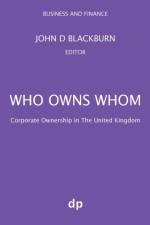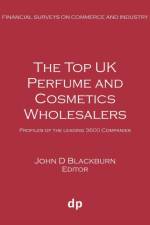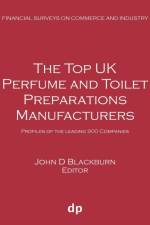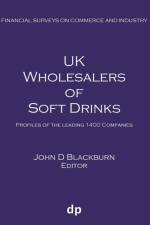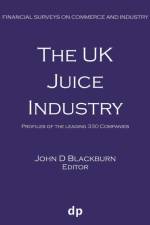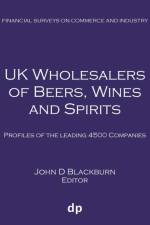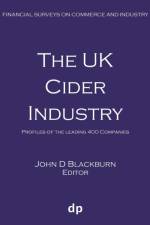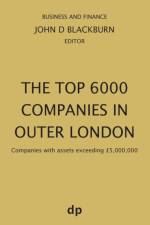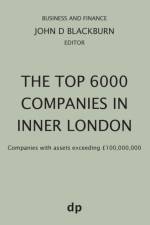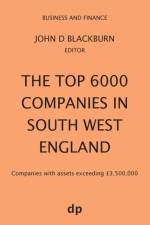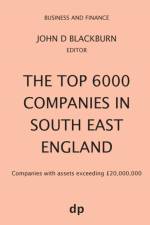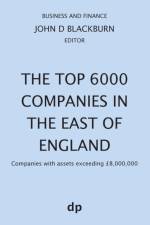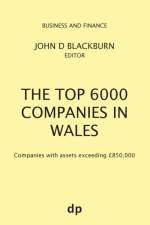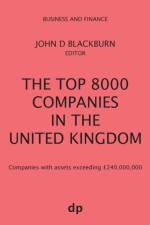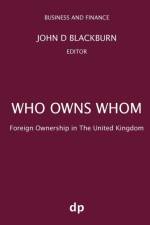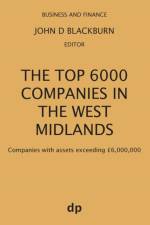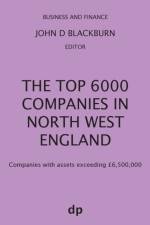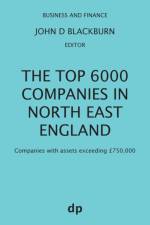- Companies with assets exceeding GBP5,000,000
791
This study looks at all companies registered in Outer London and where their total assets are more than £5,000,000.The statutory Outer London boroughs are: Barking and Dagenham, Barnet, Bexley, Brent, Bromley, Croydon, Ealing, Enfield, Haringey, Harrow, Havering, Hillingdon, Hounslow, Kingston upon Thames, Merton, Newham, Redbridge, Richmond upon Thames, Sutton and Waltham Forest. The population in 2011 was 4,942,040.The aim of this study is to provide an overview of the key movers and shakers in the Outer London corporate sector. Only key data has been isolated, particularly the company's net worth and total assets, but also its full name, date incorporated, registered office, activities, shareholders, directors (with date of birth, occupation and nationality) and number of employees.Two indicators of size are used: net worth and total assets. These are preferable to turnover which is influenced by profit margins and whether the companies are capital or labour intensive.For Outer London, total output (GVA) is twice that of Wales and three times that of Northern Ireland. Thus, the total output (GVA) per boroughs was £12.3 billion in Hillingdon; £10.5 billion in Hounslow and £9.4 billion in Barnet.For both Inner and Outer London, the population is 9 million (UK 66 million).The total output (GVA), in 2016, was £408 billion (UK £1,748 billion). The total output (GVA) per head, in 2016, was £46,482 (UK £26,621). Economic Growth (GVA), 2010-2016, was 3.2% (UK 1.9%).The number employed, May-July 2018, was 4,735,000 (UK 32,397,000) with an employment rate of 74.7% (UK 75.5%). The number unemployed was 235,000 (UK 1,361,000) with an unemployment rate of 4.7% (UK 4%).In 2017, there were 140,000 jobs in manufacturing (UK 2,685,000). Manufacturing employment, January-March 2018, was 2.4% of total jobs (UK 7.7%) Public sector employment was 13.6% (UK 16.6%).The number of VAT/PAYE businesses were in 2016: 477,000 (18.7%); in 2017: 506,000 (18.9%) and in 2018: 506,000 (19%).London at 1.1 million and South East England at 874,000 had the most private sector businesses, accounting for 35% of the UK.In 2017, there were 92,300 new businesses (up 15%) and 86,270 businesses ceased trading (up 14%). In 2018, there were 1,096,000 businesses (UK 5,668,000) and 239,000 employers (UK 1,360,000). In the UK, in 2018, there were 1,059 businesses per 10,000 resident adults. In London there were 1,563 businesses per 10,000 residents, the highest number of business density in the UK.London has a stronger service export than the rest of the UK. While London accounts for nearly half of UK service exports, it only accounts for 11% of goods exports, and for 27% of all UK exports. London's service exports are 29% of London's output, compared with 15% for the UK.

